Malaysia’s Civil Aviation Authority (CAAM) has released data showing that the country’s aviation sector is on track for full recovery, with monthly passenger traffic reaching 9.3 million in July 2025. Steady growth and a 5.3% year-on-year (YoY) rise compared to July 2024 shows Air travel in Malaysia at 96.8% of July 2019’s pre-pandemic level of 9.6 million passengers. This highlights a promising recovery trend in both domestic and international air travel.
Based on these results, the airline sector is moving steadily towards the forecast of 105.8 to 112.9 million passengers for the entire year. International passenger traffic in Malaysia continues to outpace domestic demand, reflecting Malaysia’s growing appeal as a global travel destination. This bodes well for a successful Visit Malaysia 2026 programme run by the Ministry of Tourism.
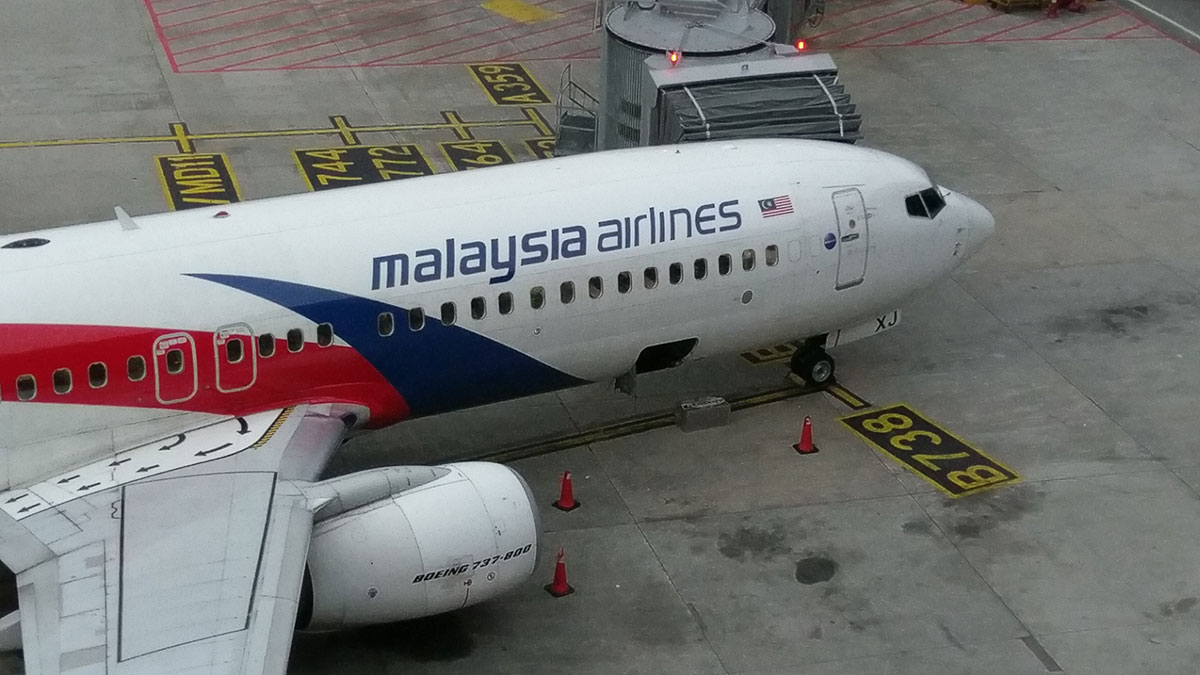
Air travel in Malaysia for the travelling public
Several factors are contributing to this growth and passengers should watch for sales where airlines are offering attractive pricing for flights and packages. All Malaysian Airlines hold sales regularly, with the MATTA Fair on between 5th and 7th September. Shop around and compare offerings from Malaysia Airlines, AirAsia (Mega Fair 3rd – 7th September) and Batik Air (currently, a Flash Sale) as well as many other airlines visiting the main airports in the country.
At the forefront of these contributing factors:
- An expansion of seat capacity on both domestic and international routes
- 30-day visa exemptions for tourists from key markets such as China and India
- New international flight routes, especially using international airports other than Kuala Lumpur International Airport KLIA.
New connections include direct flights from
- Kota Kinabalu to Daegu in South Korea,
- Subang to Bangkok in Thailand,
- Kuala Lumpur to Palembang in Indonesia.
Where are people travelling?
Flights between Malaysia and ASEAN countries carried 2.2 million passengers, while routes between Malaysia and non-ASEAN countries saw a significant increase, to 2.5 million passengers. Domestic passenger traffic experienced a slight decline. However, numbers still reached 4.6 million, bringing them to 94.8% of July 2019 levels.
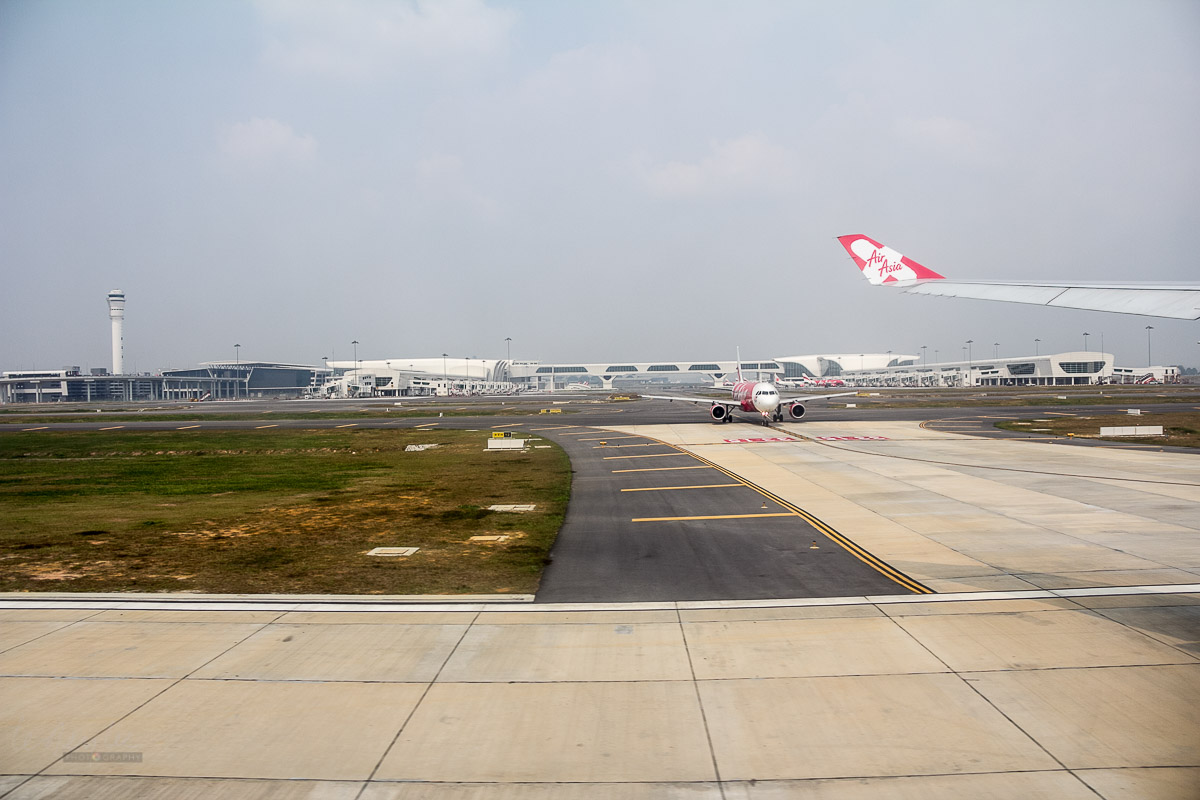
Airports have also reported positive growth figures up to July 2025, with KL International Airport Terminal 1 and 2 (KUL) experiencing a growth rate of 4.4%. Senai International Airport (JHB) recorded the highest growth at 9.7%, with Kota Kinabalu International Airport (BKI)growing 7.2% and Langkawi International Airport (LGK) reporting 6.6%. Penang International Airport (PEN) recorded a growth rate of 4.0%, while Kuching International Airport (KCH) only grew by 0.2%.
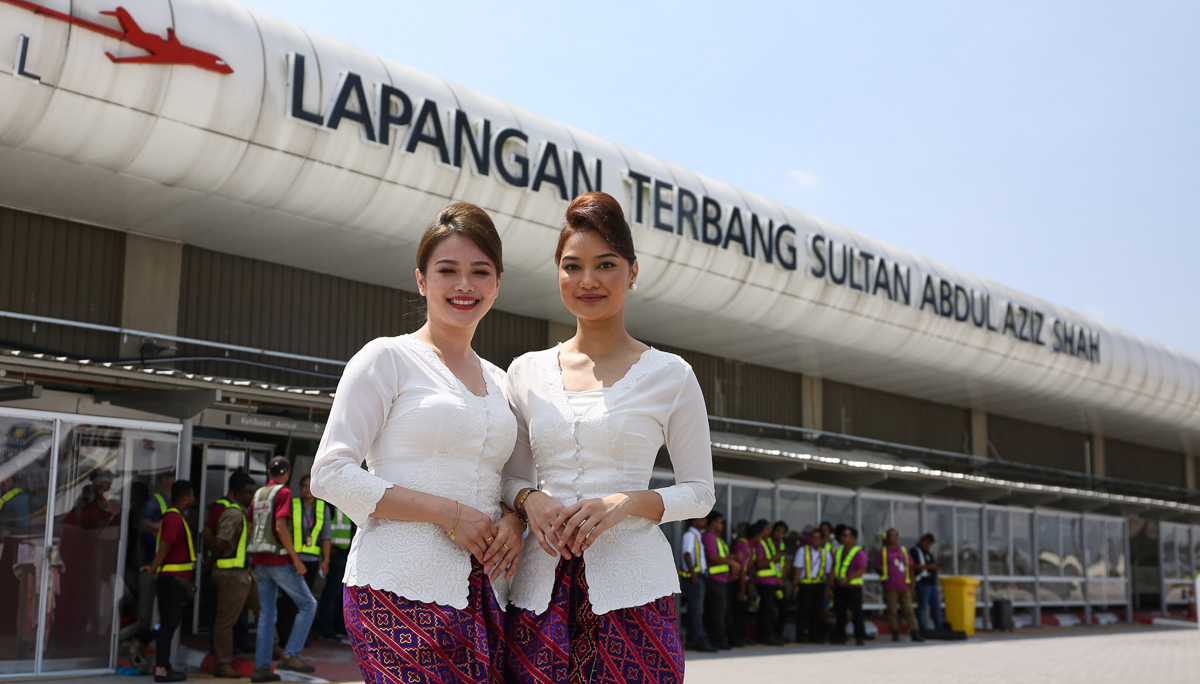




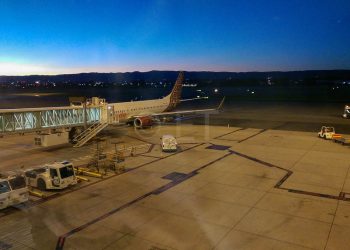
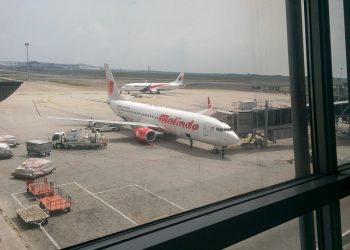
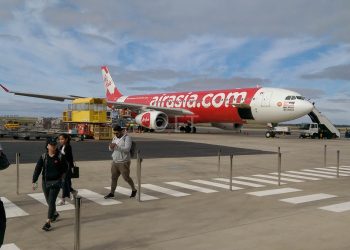
This Post Has 0 Comments